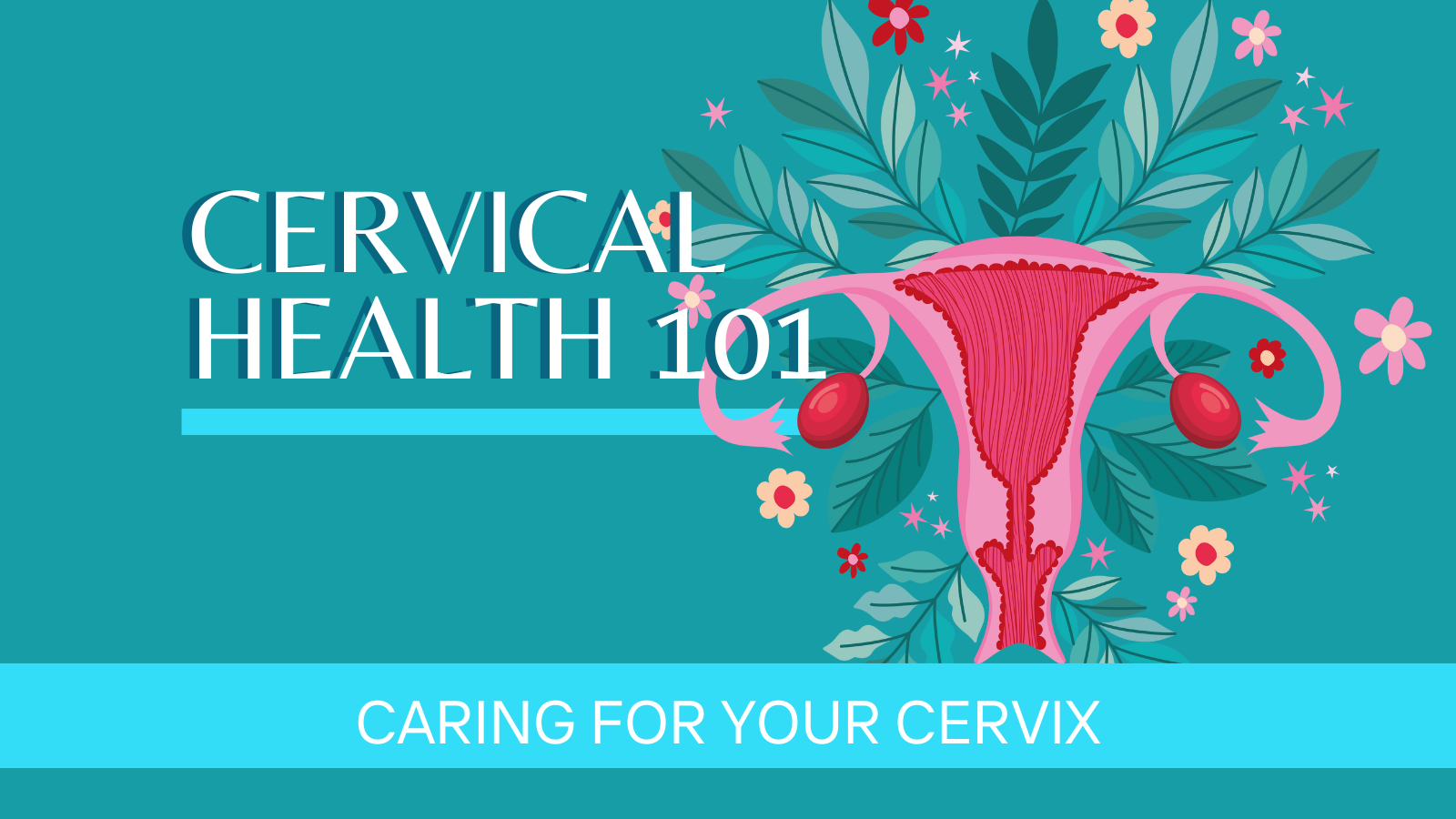Why a Healthy Cervix is So Important
Given that January is Cervical Health Awareness Month, it’s the perfect time to learn more about this vital part of the female anatomy. The cervix plays a crucial role in women’s health, yet it often doesn’t get the attention it deserves. So, what exactly is the cervix, and why is its health so important?
To start, the cervix is a remarkable structure with several essential functions. Anatomically, you can think of it as a narrow, inch-long tunnel that connects the vagina to the uterus. If the uterus were shaped like an upside-down pear, the cervix would be the slender neck at the bottom, serving as both a gateway and a protector.
Let’s explore facts about the cervix and highlight why maintaining good cervical health is vital for overall well-being.
A Key Player in Pregnancy
The cervix plays a vital role in pregnancy and fertility. First, it produces cervical mucus, which changes in texture and composition throughout the menstrual cycle. These changes create a sperm-friendly environment during ovulation, enhancing the chances of getting pregnant. Once fertilization occurs, this same mucus helps guide sperm from the vagina into the uterus to meet the egg. During pregnancy, the cervix steps up as a protector, forming a mucus plug to shield the developing baby from infection. When it’s time for your baby to be born, the cervix softens and widens, allowing the baby to pass through the birth canal for delivery.
A Natural Defense System
Cervical mucus isn’t just about fertility—it also helps maintain vaginal health by keeping the area clean and balanced. Too, the cervix acts as a barrier against infections, including sexually transmitted infections (STIs), helping to safeguard the reproductive system. Last, it even prevents foreign objects, such as tampons, from entering the uterus, serving as a natural gatekeeper.
Caring for Your Cervix
As essential as the cervix is, it can be vulnerable to infections and certain cancers. One common issue is cervicitis, an inflammation of the cervix caused by skin irritation, allergic reactions, or sexually transmitted infections (STIs). Another concern is cervical dysplasia, which involves abnormal cell growth often linked to the human papillomavirus (HPV). If left untreated, cervical dysplasia can sometimes progress to cervical cancer.
Many cervical conditions develop without noticeable symptoms. When symptoms do appear, they may include unusual vaginal discharge, heavy or irregular bleeding, or pain when you pee. That’s why prioritizing prevention and early detection is so important.
Steps to Protect Your Cervical Health
- Schedule Regular Screenings: Routine Pap smears and HPV testing, based on your age and medical history, can help detect abnormalities early.
- Consider HPV Vaccination: If you’re sexually active, the HPV vaccine offers protection against high-risk HPV strains responsible for most cervical cancers. The HPV vaccine is FDA approved up to age 45. Ask your provider about it at your annual. Note: HPV vaccine is also recommended for boys and men, aged 9-45.
- Practice Safe Sex: Use condoms and consider regular STI testing to lower your risk of infections.
- Quit Smoking: Smoking weakens your immune system, increasing susceptibility to cervical cancer.
- Adopt a Healthy Lifestyle: Eating a balanced diet, exercising regularly, adequate sleep, and maintaining good hygiene all support a strong immune system and overall wellness.
By taking proactive measures, you can safeguard your cervical health and ensure early detection of potential issues, giving you peace of mind and long-term protection.

